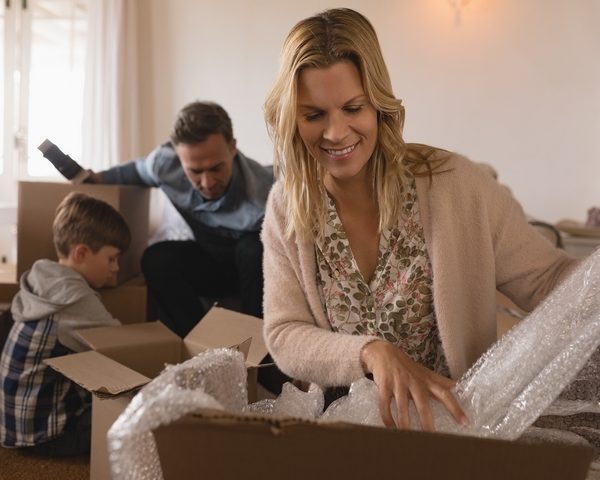
How to Pack Boxes for Moving Homes
For anyone moving to a new house, packing is perhaps the hardest physical work you’re going to have to put in. How we pack items will determine whether they arrive undamaged or end up damaged in transportation.
A professional moving service is experienced with packing when moving homes. If you want to do it yourself, here are a few tips and tricks to know. Let’s learn how to pack boxes for moving homes safely:
Have proper moving boxes
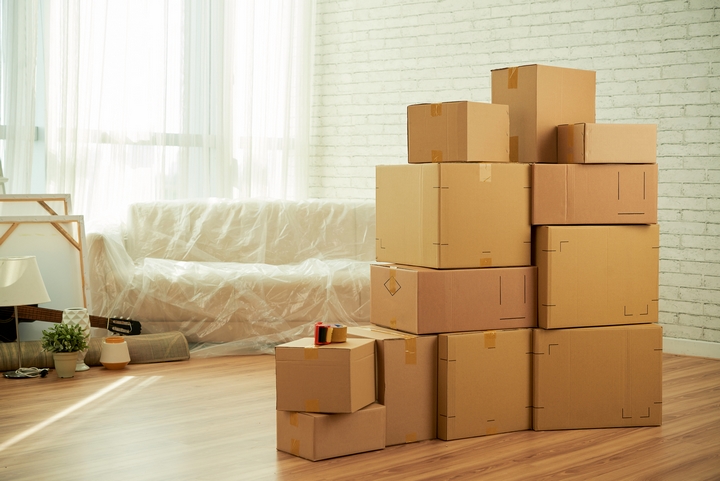
Buy or acquire high-quality moving boxes. These packing supplies should be built well and carry the weight of what you put inside. Low-quality boxes could fall apart or are too thin to adequately protect items should a box be accidentally dropped.
Don’t make packing boxes too heavy
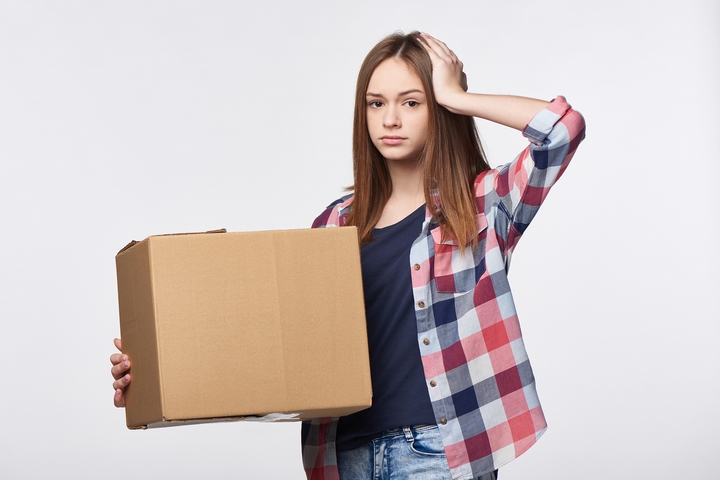
Be aware of how much weight goes into each box. A large box of kitchen bowls, for example, understandably might end up very difficult to lift. This increases the likelihood of a drop. Pack accordingly. You may want to throw in some towels and clothing to help ease the weight in some boxes.
Use packing boxes for delicate items
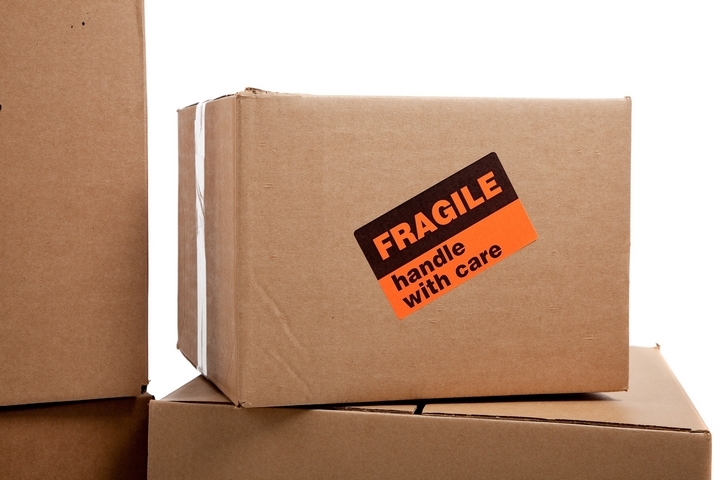
If you have clothing, you absolutely cannot afford to tear or damage glassware or dishware, which means a lot to you. You may want to put those into smaller boxes before packing them into a larger moving box.
Heaviest items go in first
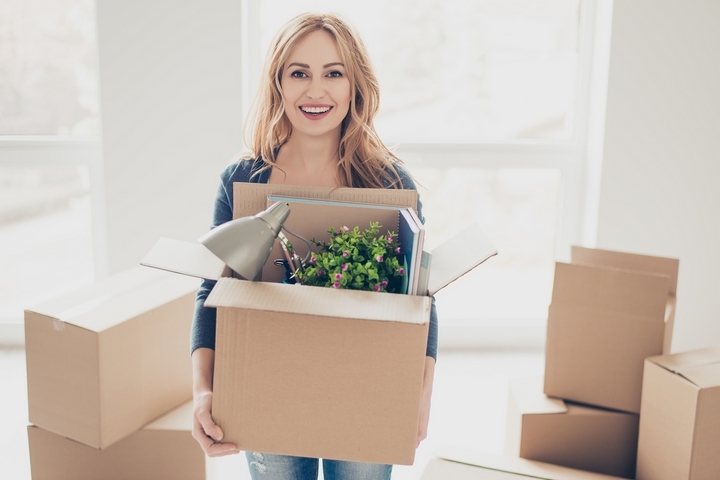
When packing moving boxes, the heaviest items go into the box first. This will prevent anything heavy from putting pressure on lighter items. When layering, you always want to know what’s touching and minimize the risk of a puncture, scratch, or similar damage.
Do not overpack the boxes
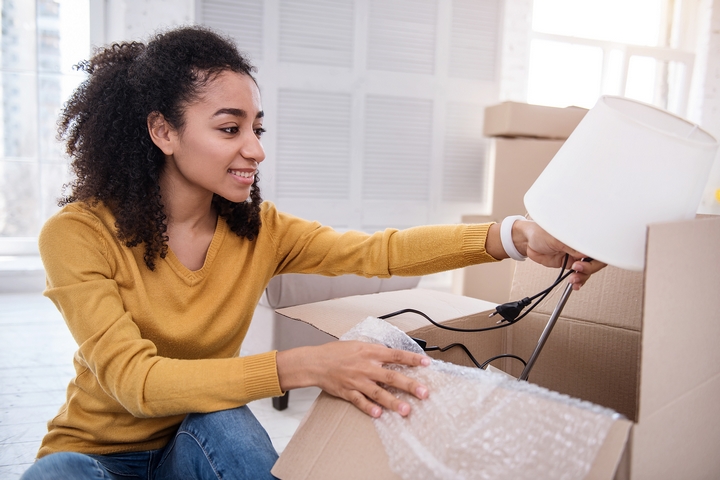
Boxes should be stackable. They should fit together with ease. When a moving box is packed above the top line, it could mean the box on top of it leans while also putting added weight on top of the items inside the box underneath.
Use packing tape to seal boxes

All boxes packed should be sealed with packing tape. You do not want a box to have an opening, just in case, there is a slip and fall. A sealed box keeps all items comfortably inside, hopefully packed correctly to prevent spills or damage.
Use sectioned boxes for glasses
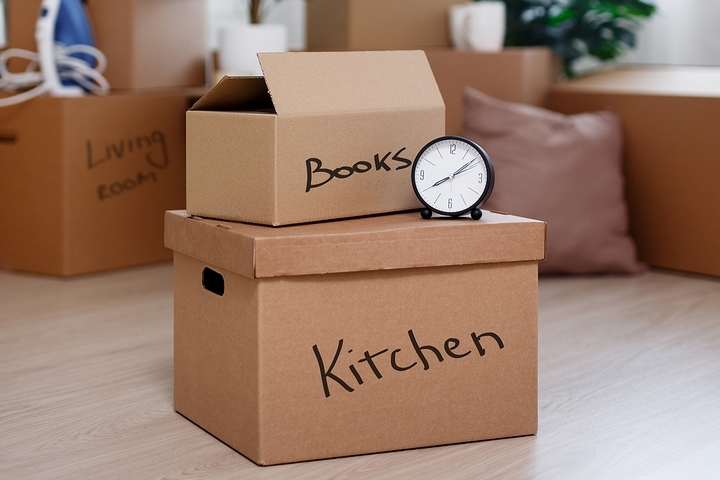
For glasses, try to use sectioned boxes if you can find them. These are far and away the easiest and safest way to pack glasses when moving. There are alternatives, of course, such as using newspaper, towels, and other soft, impact-absorbing material. Still, these are considered less stable and certain compared with sectioned boxes that have been made for glasses.
Protect your breakables
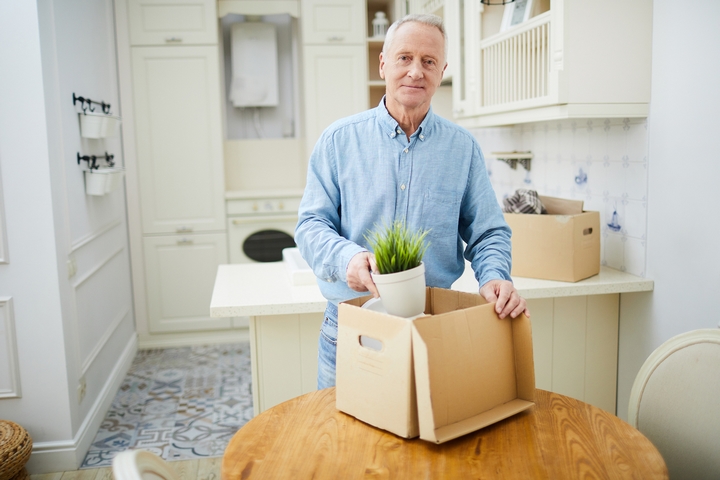
To protect breakables, they should be wrapped in a way that provides some give. A crumpled newspaper is a cheap way to go. Bubble wrap is perfect. Towels and similar clothing placed around and/or in-between things like kitchen plates and vases will protect these in transportation. Whenever the vehicle hits a bump in a road, you don’t want to hear glass on glass or clanging breakables.
Mark fragile boxes with a marker
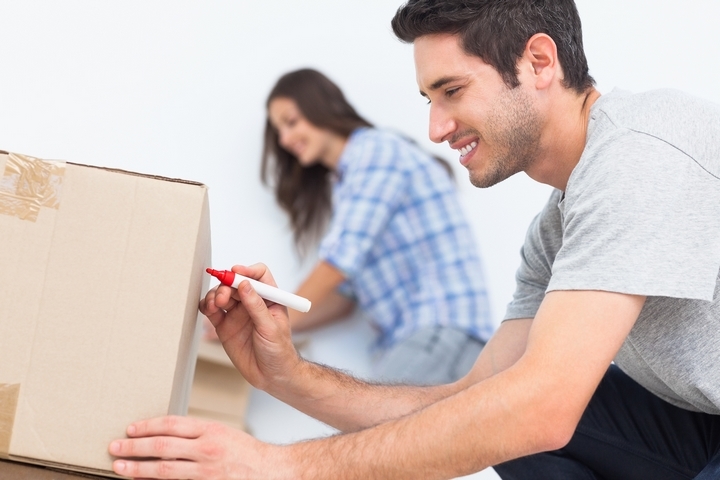
Some boxes may be filled with things you can drop from three storeys up, and nothing will damage them. You’ll also have boxes like plates, mugs, glass, and electronics you want carefully carried. Whether you ask a friend to help you move or hire a mover, label the fragile boxes, and they should be handled with a permanent marker with care.
Label a box as essentials
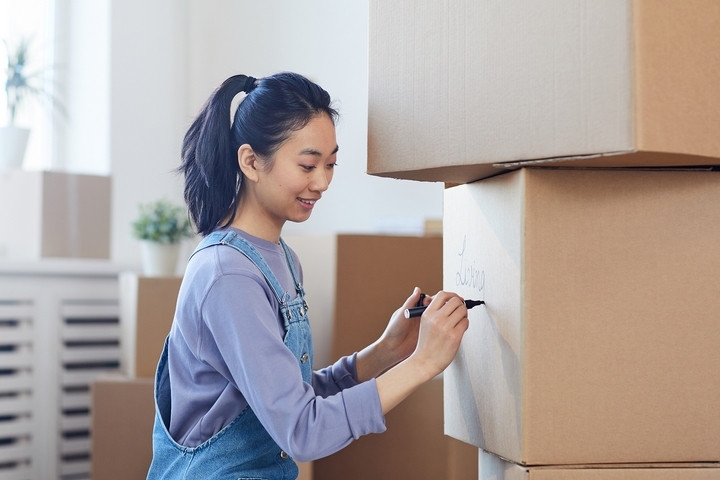
There will be some items you need for eating, sleeping, and showering. Try to gather a few of these basics together and label the box as ‘essential.’ It’ll be the first box you open when you arrive at your destination, ensuring you have what you need to be comfortable even if things aren’t fully unpacked by the day’s end.
Take apart large items

For anything that can be taken apart, it’s a good idea to do so. Disconnect cables from electronics as they can be a tripping hazard. Pull drawers out from dressers, so they are unlikely to come out during moving. Any sort of IKEA furniture or modular shelves can be broken down, such as bed frames. Keep nuts, bolts, and screws in a labelled bag as well.
Use moving blankets

Moving blankets help to protect things like large-screen televisions and similar items that won’t fit inside a box. Every mover has moving blankets. A lot of people moving understandably don’t. When you don’t have moving blankets, you may wish to tie pillows, blankets, or towels together. Another option is to rent or buy moving blankets for those big, bulky items you don’t want to be damaged.
Pack boxes before moving day
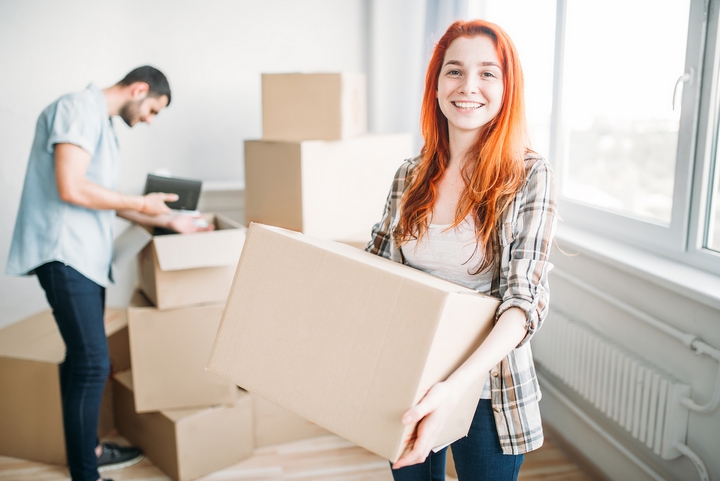
When we rush to pack, we are more likely to end up cutting corners and making mistakes. Give yourself enough time to pack and load your boxes. If you have professional movers, that’s even better. If they aren’t helping you pack, they can at least assist with loading the boxes, cutting down on the time you have to plan for packing.
